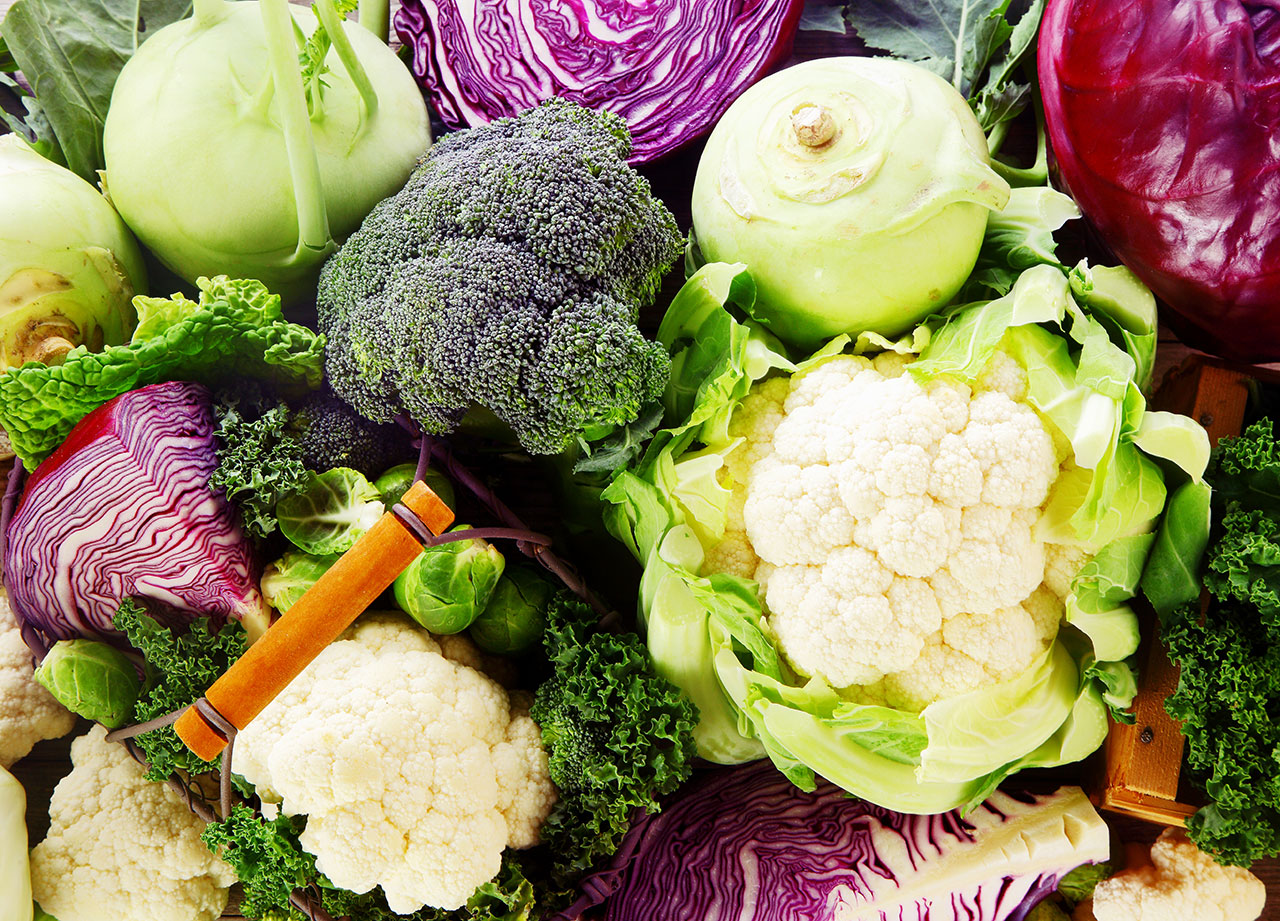As we transition into the cooler weather of autumn, it is a great time to incorporate more cruciferous vegetables in the diet. These vegetables are a diverse group, including many different colors, sizes and shapes. Arugula, bok choy, broccoli, Brussels sprouts, cabbage, cauliflower, collards, kale, rutabaga, turnips and watercress are some of the vegetables in this group.
Generally, cruciferous vegetables are rich in vitamins and minerals. Most contain folate and vitamin K. Dark green ones also are an excellent source of vitamins A and C. They are low in calories, rich in fiber and can help fill you up while packing in lots of great nutrition. Cruciferous vegetables also are rich in phytonutrients. These are plant-based compounds that may help to lower inflammation and reduce the risk of developing cancer.
Many cruciferous vegetables have a pungent cooking aroma. Proper handling enhances the flavor and minimizes the strong aroma. Look for freshness when shopping for these vegetables, and eat them soon after purchasing. Cook quickly and just until tender crisp if serving as a cooked vegetable. Most can be boiled, steamed, stir-fried or sautéed and some are good in soups. Do not overcook. Enjoy leftovers the next day. Many are also delicious served raw.
Here are some ideas to enjoy more cruciferous vegetables:
Arugula is a peppery tasting salad green that adds zip to any green salad. It also adds flavor to sandwiches or pasta dishes. Select small bunches with bright green fresh looking leaves.
Bok choy has a mild and slightly sweet flavor that blends well with other foods. Look for firm stalks with crisp dark green leaves. It makes a nice addition to salad, but also is delicious in a stir-fry or a cooked side dish.
Look for compact clusters of tightly-closed florets with deep green or even purplish color when selecting broccoli. Avoid heads that have yellowed. Serve raw in salads or cooked in stir-fry dishes or just lightly steamed with a squeeze of fresh lemon juice.
Small Brussels sprouts are more tender than large ones. They should be firm with bright green color and heavy for their size. These caramelize nicely when roasted with a little olive oil, garlic, salt and pepper.
Choose a tight, firm head of cabbage that is heavy for the size. Outer leaves should be free of bruising and blemishes and have good color. Serve cooked or raw in a variety of slaws and salads.
Heads of cauliflower should be firm, white or cream colored and free of brown spots and bruises. The leaves should be crisp and bright green in color.
Collards are a hardy cruciferous vegetable with a mild flavor. They blend well with other greens.
Select kale and mustard greens with fresh dark green leave that are free of blemishes. They can be served raw in salads or cooked and served hot.
Rutabagas and turnips are best when small to medium and heavy for their size.
Watercress has a sharp and peppery flavor. Enjoy raw in salads and as a green on sandwiches.




